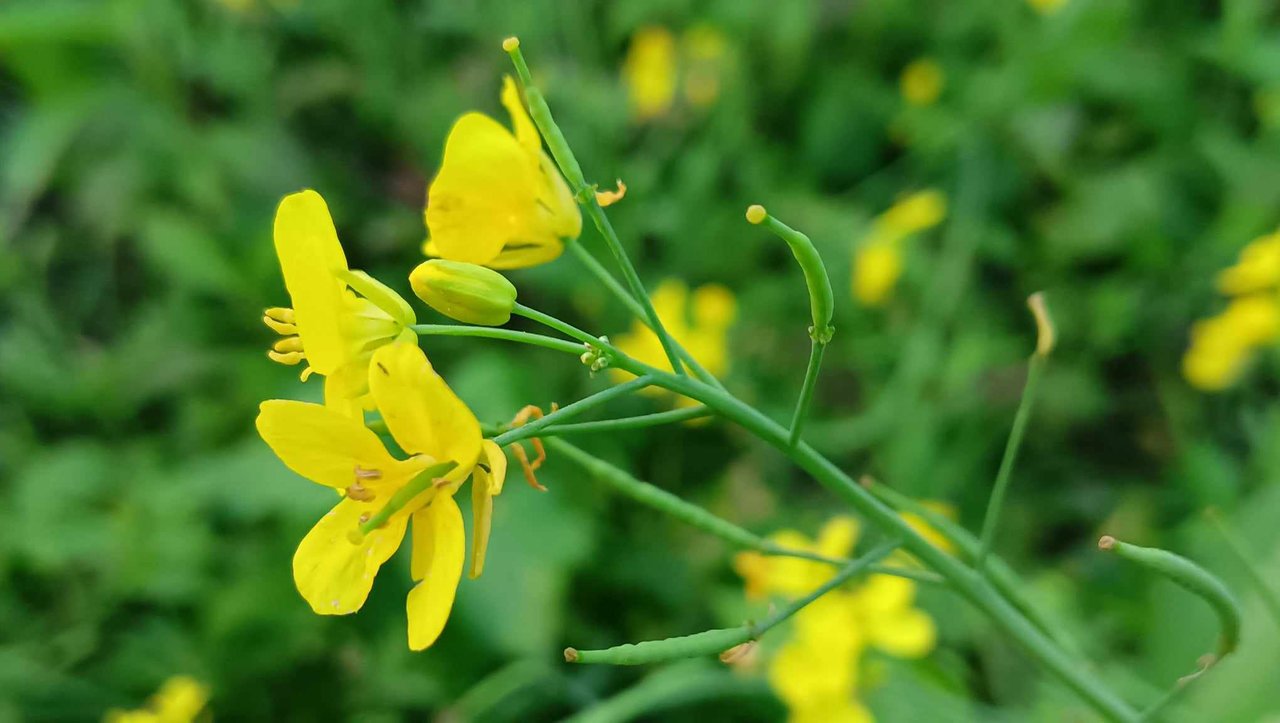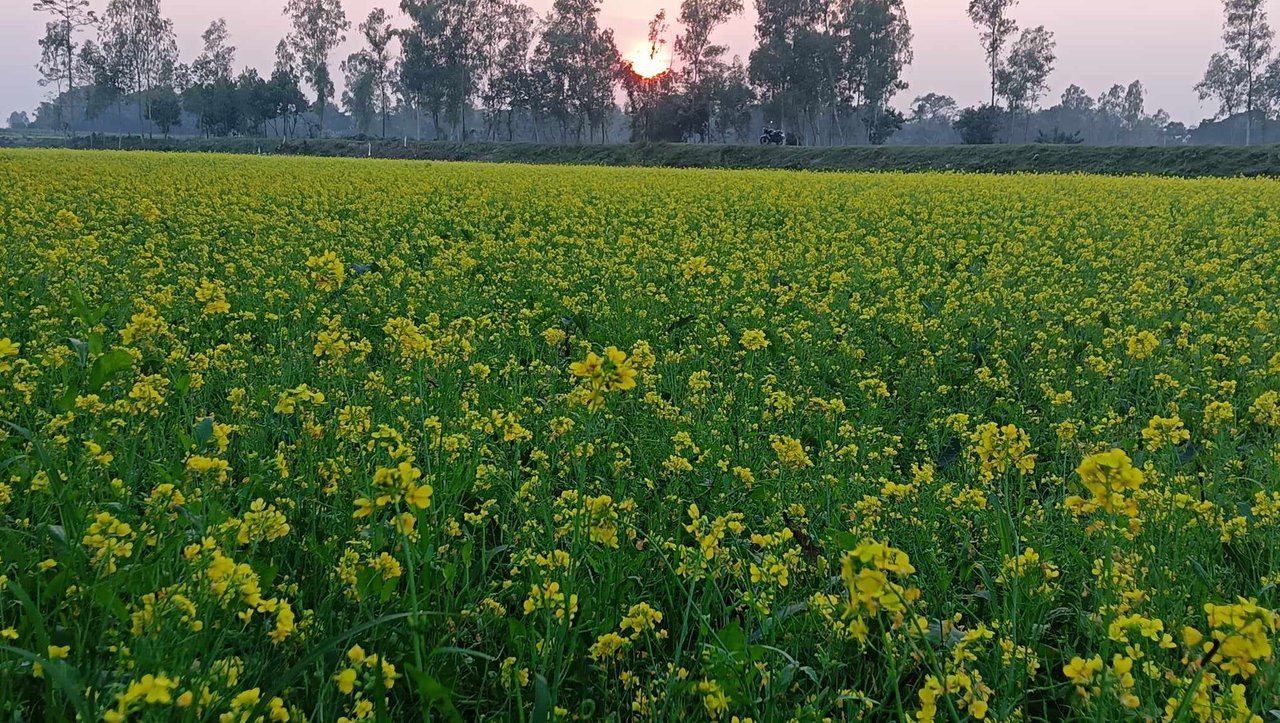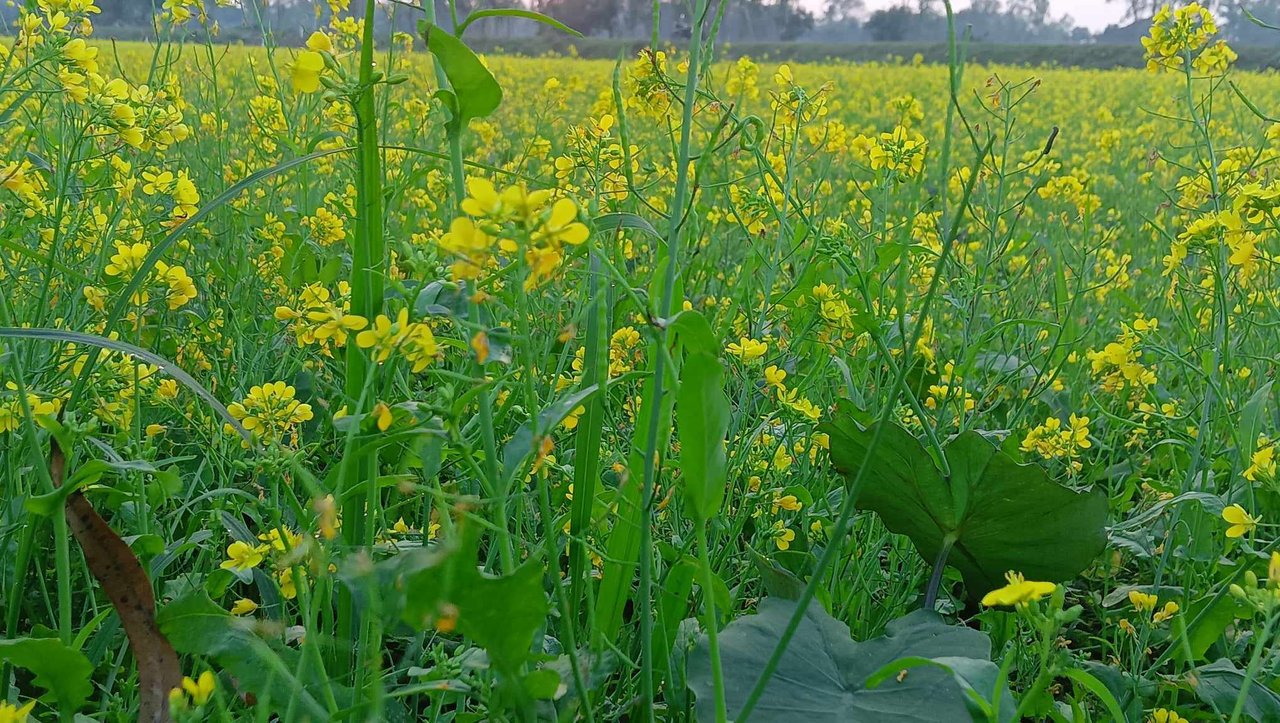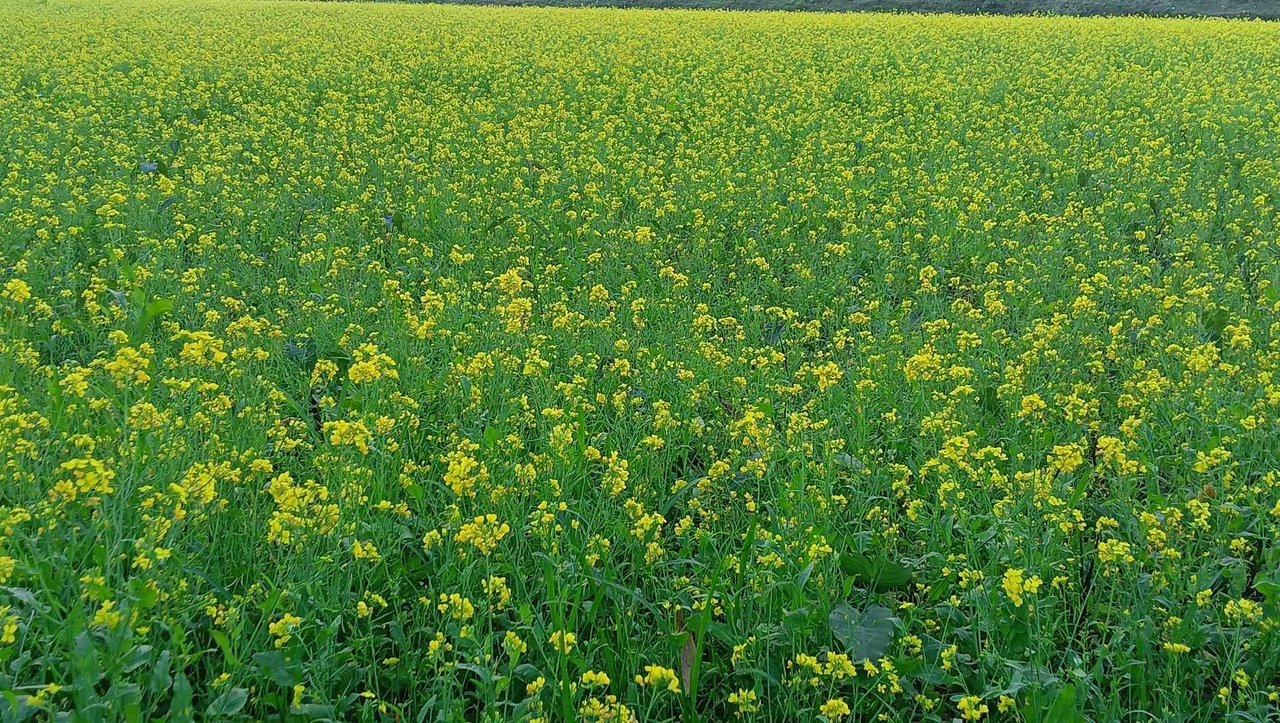Mustard cultivation is necessary in Bangladesh, contributing significantly to the country's agricultural landscape. This oilseed crop, known locally as "Sarisha," is cultivated primarily during the Rabi (winter) season, with its robust growth and yield potential making it a staple in the region's agricultural practices.

Several mustard varieties are cultivated in Bangladesh, with prominent ones including BARI Sarisha-14 and BINA Mustard-1. Mustard thrives in the cool temperatures of the Rabi season, with an ideal temperature range of 10–25 °C. Farmers undertake thorough land preparation involving plowing and harrowing to achieve a fine tilth. Seedbeds are carefully prepared for sowing, ensuring an environment conducive to germination and early growth.

The main crop is typically sown from November to December, while a second crop (ratoon) can follow the main crop. Seeds are either sown directly in rows or broadcasted in prepared seedbeds, with a recommended seed rate of 3–4 kg per hectare. Farmers apply well-decomposed farmyard manure or compost during land preparation. Nitrogen, phosphorus, and potassium fertilizers are top-dressed at recommended rates during various growth stages. Regular irrigation ensures optimal growth and seed development, particularly during flowering and pod setting.

Mustard crops are susceptible to pests like aphids, flea beetles, and mustard sawflies, necessitating appropriate insecticides when infestations occur. Diseases such as Alternaria blight and white rust are managed through fungicides and other preventive measures. Mustard is typically ready for harvest 90–120 days after sowing. Harvesting is done when the lower leaves turn yellow, indicating maturity. Farmers use sickles or combine harvesters for efficient harvesting.

Post-harvest, the crop is dried in the field or on clean surfaces before threshing to separate the seeds. Mustard cultivation in Bangladesh fulfills the domestic demand for mustard oil and contributes to numerous farmers' livelihoods. Adhering to recommended practices, staying informed about new varieties and techniques, and leveraging local agricultural extension services are essential for ensuring the country's sustainable and productive mustard cultivation.
◦•●◉✿ Thank's Everyone ✿◉●•◦
